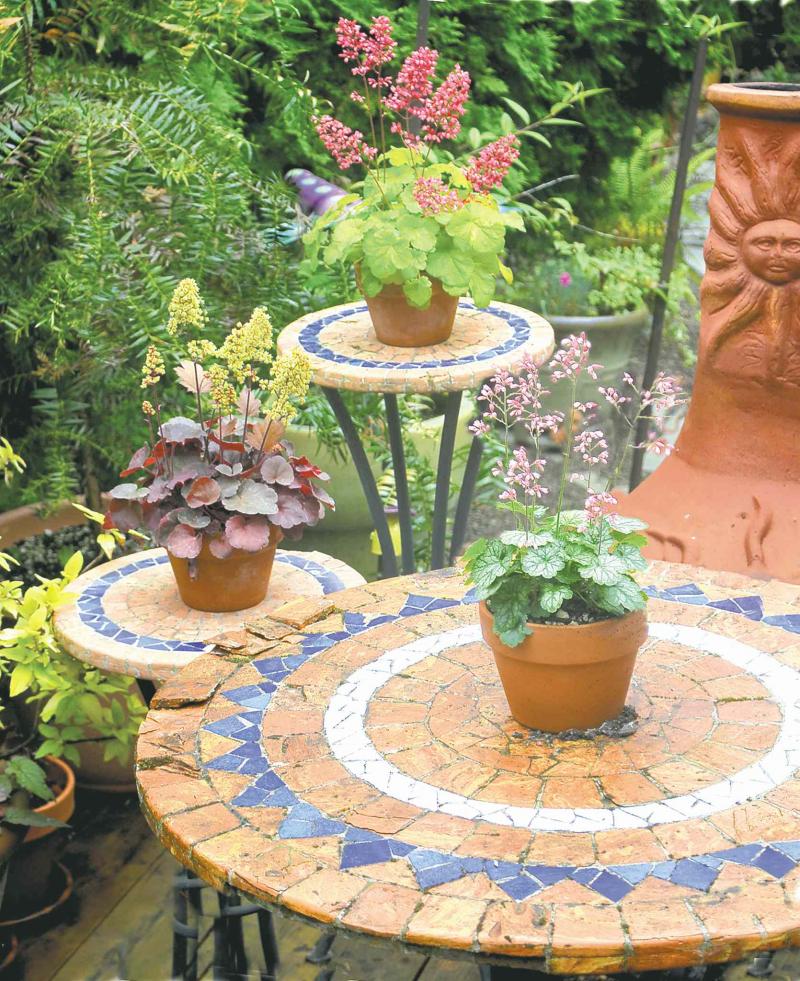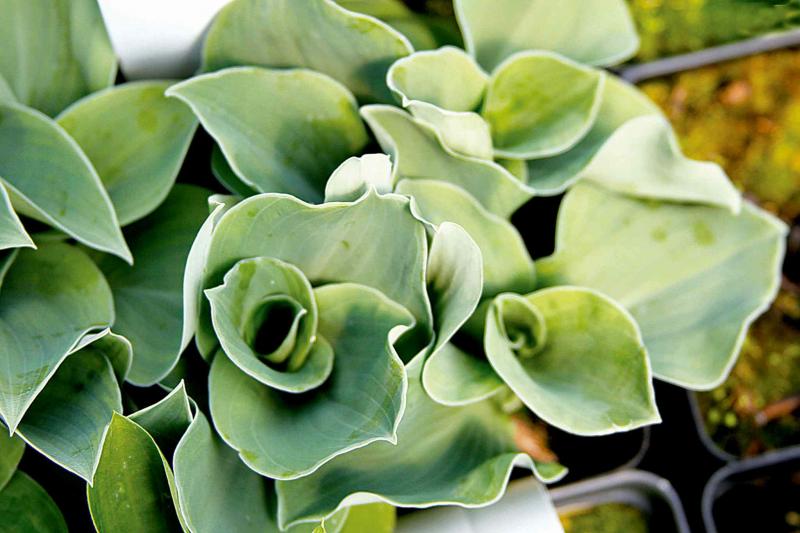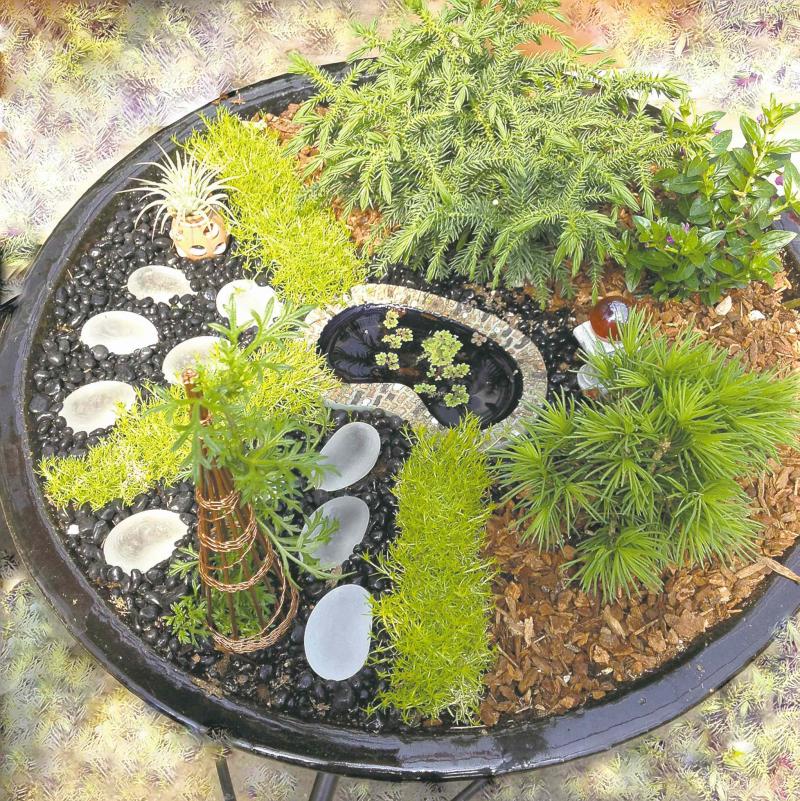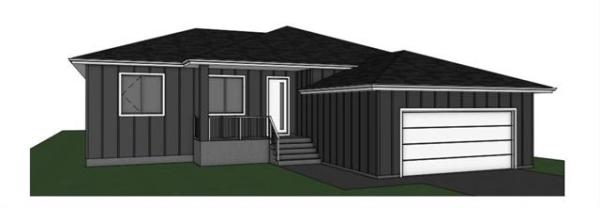




The world of gardening just got smaller. Plants with Lilliputian proportions are taking North American gardeners by storm. As recently as two years ago, only a small area in local greenhouses may have been allocated to an assortment of miniature plants and fairy gardens.
This spring, gardeners will see expanded collections of miniature conifers as well as a range of accessories for creating any number of design themes. Enthusiasts are taking this new trend seriously, incorporating landscape-design principles such as scale, contrast and repetition into both simple and elaborate dish gardens.
Exactly what is a miniature conifer, and why the fascination? Dwarf species have found a place in our outdoor landscapes for some time now, but they are not to be confused with the new miniatures that are suitable for growing in small, shallow planters on patios or balconies.
Since there is no Canadian Conifer Society, I contacted the American Conifer Society to learn more about the origins of miniature conifers. Canadian-born Steve Courtney is the national office manager for the American Conifer Society.
"Conifers are classified according to size and amount of annual growth," Courtney said. "A miniature conifer grows less than 2.5 cm annually compared with a dwarf conifer, which can grow between 2.5 cm to 15 cm."
Just to keep it interesting, Courtney added, "All miniature conifers may be referred to as dwarf conifers but not all dwarf conifers are miniature."
Purchased at the retail level in pots that are half the size of the pots that hold annual plants, micro-miniature conifers, exquisite in detail, offer a range of colour from the deepest green to silvery blues and yellows.
"A lot of new introductions of miniature or dwarf plants are coming out of Christmas tree farms because they are planting hundreds of thousands of trees," Courtney explained. Spotting unusual mutations is one of the ways new plants are discovered.
"Sometimes these plants have a witches' broom, which is aberrant growth on a branch or growing tip. When you graft the witches' broom, you get a miniature version of the plant. We have people in the conifer society called broom hunters who go searching in the winter and bring back grafting scion wood from trees with witches' brooms for propagating."
The fanciful results have led to a frenzy of interest by a growing legion of gardeners. Hans de Jongh, president of Paridon Horticultural Ltd., a wholesale nursery in British Columbia, makes the observation that the trend in gardening has shifted toward anything that can be planted in a patio planter.
"More and more people don't have time to maintain a big garden," de Jongh said, "but they definitely want to spruce up their patio. There is growing interest in foliage plants and if they happen to be low-maintenance too, then they have even greater appeal."
Jerome TerHaar owns and operates a company called Pacific Northwest Propagators that provides Paridon with a miniature collection of plants called Garden Delights for shipping to garden centres across the Prairies.
TerHaar also operates a unique specialty nursery that sells directly to customers. "We began grafting conifers in 1999 and started collecting different varieties from all over the world, so we serve a really unique section of the market."
With more than 1500 varieties of plants, TerHaar is doing 70,000 to 80,000 grafts every winter. And demand for miniatures is only getting stronger.
Erna Wiebe, owner of Oakridge Garden Centre in Steinbach, will have several examples this spring, including zone hardy miniature varieties that can be overwintered outdoors.
"Zone hardy varieties such as Salix arbuscula (a miniature form of mountain willow), and Thuja occidentalis Brobeck's Tower and Harvest Moon can go right into your garden but will need some protection," Wiebe said. "Introduce them slowly to the outdoor environment, not into direct sun right away so as to avoid scorching. They can stay outdoors year round but cover with mulch for the winter."
Just how small is small? Brobeck's Tower, a very narrow columnar plant with green foliage on slightly curled sprays, will grow to 1.5 metres high and 30 cm wide in 10 years. Harvest Moon, a dwarf, rounded, compact evergreen shrub with bright yellow to gold foliage, grows to 60 cm high and wide. Tolerant to sun to part shade, both are extremely slow-growing and with occasional pruning will maintain their miniature size.
"All that is needed is the occasional nip and tuck," Wiebe said.
Shape varies widely, mimicking the larger tree and shrub forms in your landscape, from globose to pyramidal to weeping or arching.
Containers should not be more than 60 cm deep. Miniature conifers have strong but very small root systems. Most of the miniatures are planted in shallow bowls, some of which may only be three inches deep.
"Shallow containers are sufficient for one to two years," Wiebe said, "since the roots of most conifers spread sideways."
For preparing a bowl arrangement, Wiebe recommends a soil mix containing peat moss in order to promote good drainage and aeration as well as to provide a slight to moderately acidic environment, preferred by conifers.
A rule of thumb is to avoid overwatering. Wiebe is seeing good results from misting the conifers with water every couple of days.
Lightweight, imaginative containerized displays include a number of components such as wood chips, pea gravel, aggregate rock for curving pathways, and, if you like, your choice of design accessories from miniature chandeliers to mini charcoal grills.
Carla Zelmer, instructor and greenhouse manager at the Department of Biological Sciences at the University of Manitoba sent me a picture of a tiny, floating aquatic fern called Azolla that resembles moss.
"Azolla fixes its own nitrogen and can be used as part of a pond feature in a miniature garden," Zelmer said. Just float it on top of a small amount of water in your miniature pond."
Carla Hrycyna, owner of St. Mary's Nursery, has travelled to numerous trade shows south of the border where the passion for fairy gardening is almost at fever pitch.
"It is a trend that attracts people of all ages," said Hrycyna, who is keen about the creative aspect.
"Miniature gardening gives condo owners the continuity of being able to garden and introduces children to the fun of gardening."
In addition to miniature conifers, gardeners can choose from numerous dwarf leafy plant varieties to enhance the overall design. The close quarters of such a confined environment, however, dictates a need for suitable companion plants, that is, plants with similar moisture needs and light requirements. Foremost, the plants and any accessories must be in proportion to one another.
"If you want to have a leafy effect, try miniature ficus," Hrycyna said. "You can even weave through the leaves tiny copper lighting that operates on a low-voltage battery. Turn it on at night time and it looks as though there are little lavender blossoms on your miniature tree."
Hrycyna also recommends Blue Star Juniper, a hardy dwarf evergreen shrub with silver-blue foliage. Extremely slow-growing, it can be trained or sculptured similar to bonsai. Other recommended dwarf plants include Baby Tears and club mosses (Selaginella) or Irish moss that can be trimmed to a turf-like appearance. Stewart McLeod at Lacoste Garden Centre suggests using the Polka Dot plant (Hypoestes) in miniature gardens as well as Hydrabad's Little Pickles (Othonna) which features blue-green cylindrical stems and small yellow daisies.
Miniature heuchera will make their debut in local garden centres this spring and will make perfect choices for small patio arrangements or for tucking into small corners of the garden. Look for the Little Cutie Series consisting of varieties such as Coco, Sugar Berry, Blondie and Sweet Tart with a mature size of only 15 cm high and 20 cm wide.
Miniature hostas, of course, will work well, too. Monique Rampton of Morden Nurseries recommends Hosta Pure Heart, a tiny hosta that grows to only 10 cm high and 20 cm wide. A sport of Blue Mouse Ears, it has small round leaves with blue-green margins and a creamy yellow to creamy white centre. She will also carry Mighty Mouse and Pocket of Sunshine.
Experiment with any of these suggestions for a unique addition to your patio or garden this summer.



